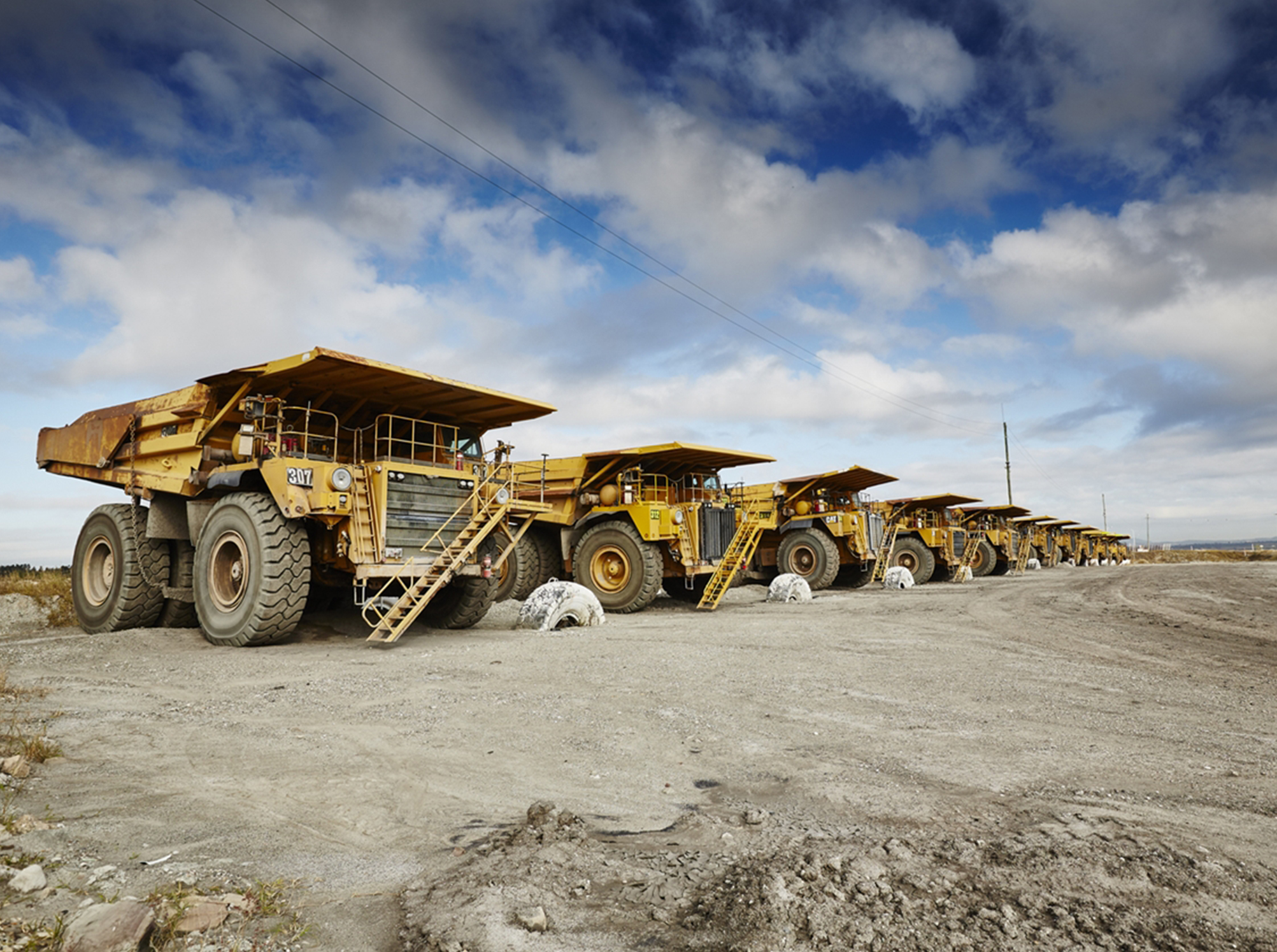Australia’s fuel supply chains are diverse and highly reliable, despite logistical challenges in supplying fuel across such a large country with a widely dispersed population. Nevertheless, interruptions, while rare, do occur, and it is in the interests of major fuel-using businesses to understand their own fuel requirements and consider how to manage the potential impacts of reduced supply or an interruption to supply.
Deputy CEO of the Australian Institute of Petroleum Ltd (AIP), Nathan Dickens, says the day-to-day challenges are made all the more difficult by unplanned events that can lead to supply disruptions at short notice.
“The weather is often a culprit, causing power outages, flooding, delays to shipping arrivals or berthing, or disrupting or damaging key supply infrastructure like pipelines, terminals and distribution networks.”
Large and unanticipated surges in demand, such as a late or unexpected crop harvest or military operations, also present a challenge for suppliers and customers. Nevertheless, the industry has comprehensive strategies to respond to these events as part of their normal operations. Shortages are more likely to occur when several events happen concurrently.

The role of major fuel users
While current industry response strategies have proven to be effective, Dickens suggests there is a strong case for more widespread adoption of active supply management and continuity planning by major fuel-using businesses in Australia.
“Major fuel users are best placed to make decisions about their own requirements for liquid fuels. They need to analyse and understand their fuel use and consider how they would manage the impact of a reduction on supply,” he says, adding that one way to do that is by developing and maintaining a business continuity plan.
AIP recommends that business continuity plans should:
- Identify current fuel supply arrangements; the nature of supply infrastructure, including its location, capacity and what it is used for; and their own demand by fuel type across business operational activities
- Categorise business activities from highest to lowest priority, with fuel use for each activity clearly quantified and monitored (including differences in fuel use between normal, peak and emergency times).
- Assess how a major reduction in fuel supply for a prolonged period would be managed (for instance, a reduction of 10 per cent, 30 per cent or 50 per cent to normal fuel supply for 30 days), including the use of different modes of operation during shortages such as deferral of non-essential activities like maintenance.
In addition, actions can also be taken by major fuel users to address any potential business risks arising from a fuel supply shortage, by:
- Improving fuel supply management (either on their own or in conjunction with their fuel supplier).
- Changing business operations to avoid or minimise the impact of any fuel supply disruption.
- Investing in their own extra stockholdings and storage capacity.
The fuel industry is there to help
Viva Energy’s General Manager Commercial, Denis Urtizberea, says Viva Energy supports active management of fuel supply and stocks with their customers, particularly in regional and remote areas where supply options are limited.
“We often work with businesses to advise them on their storage requirements, and can even facilitate the provision of tanks if required,” Urtizberea says. “Some customers will need large storage permanently built on site, while others might use ‘trans tanks’, or portable containers with double walls to reduce risk to the environment and, fuel management systems for tracking usage and even card payment facilities.
“If a large customer such as a mine site, trucking company or marine facility is planning to invest capital, we help design how their fuel supply chain should work. By taking into account the broader industry supply chain, how critical fuel is to the business and location, including the challenges inherent in getting there, the customer can determine the storage they will need on hand.
“This is possibly the single most important thing that a business could do, to understand how they can increase their fuel security.
“We also offer contingency planning to our customers, particularly those working in emergency or critical services, or very remote areas. Running out of diesel means a mine has to close down for the duration because they can’t run their equipment. So there might be a financial consideration for the company to hold more stock over the wet season than at other times of the year, weighing the issue of fuel security against the cost of holding more stocks.
“In the case of our very large mining customers, weather events are a constant occurrence. It’s a collaborative effort, because the company can liaise with local authorities to have remote roads rated for the trucks and set up detours, while some of our team members in the supply chain have been delivering to these remote communities for 20 years, so they know which roads close and all the alternate routes.
“I think the most crucial thing for businesses is to understand the role that fuel plays, and the impact limited supply could have on their operations. They then need to set up a contingency plan and ensure they have enough fuel on hand to cover any event."
Robust business continuity planning forms part of the National Liquid Fuel Emergency Response Plan (NLFERP), which sets out the current policy with respect to Essential Users in a national emergency and the rationale that informs that policy.
The NLFERP was developed by the National Oil Supplies Emergency Committee (NOSEC), of which Viva Energy and AIP are members.
Want more information on Viva Energy’s products and services?
Find out more here